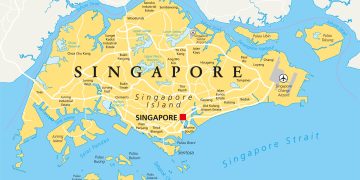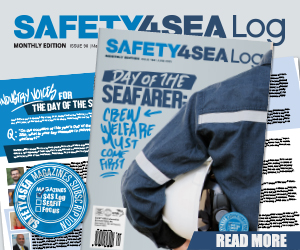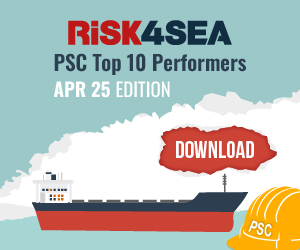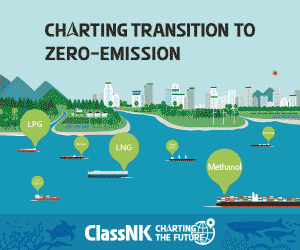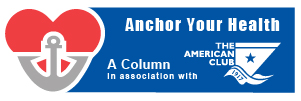EU Commission plans for more ambitious national caps on emissions of six key pollutants, including NOx, particulates and sulphur dioxide, were endorsed by Parliament. Air pollution causes about 400,000 premature deaths in the EU yearly, and the plans could save up to €40bn in air pollution costs by 2030.“Air pollution imposes enormous human and economic costs. It also damages the natural environment, through eutrophication and acid deposition, and it doesn’t stop at EU member states’ borders”, said lead MEP Julie Girling (ECR, UK). Her report was approved by a show of hands.“This legislation will help at all levels of governance in the member states, including the regional and sub-regional authorities who have engaged so vigorously in the process. There is a real bottom-up demand for action”, she added.“My report also pushes the Commission to ensure that the Real Drive Emissions (RDE) procedure is agreed on as soon as possible. We all agree that NOx must be dealt with urgently. The public are demanding action in this area following the recent revelations on the car industry”, she concluded.More ambitious capsMEPs approved the proposed caps for sulphur dioxide (SO2), nitrogen oxides (NOx), non-methane volatile organic compounds (NMVOC), methane (CH4) ammonia (NH3), and ...
Read moreDetails








